Most Popular 13 LGBTQ+ Pride Flags of the Queer Community
Karl Krause WORLDWIDE: Over the past decades, the rainbow pride flag and all LGBTQ+ flags from the queer community have become iconic symbols for the equal rights movement. The post Most Popular 13 LGBTQ+ Pride Flags of the Queer Community appeared first on Gay Travel Blog - Couple of Men.
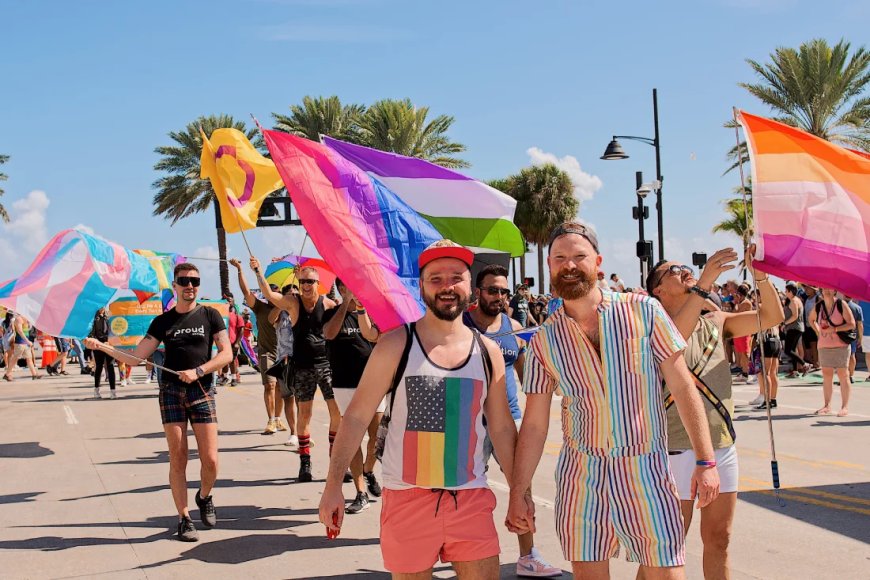
Over the past decades, the rainbow pride flag has become an iconic symbol of the LGBTQ+ community. For many queer people, this colorful flag is instantly recognizable and a powerful statement of inclusivity, diversity, and acceptance. But the rainbow flag is just one of many pride flags that represent different groups within the LGBTQ+ community worldwide. They represent the diversity and unity within the community and serve as a visual reminder of the struggles and triumphs of the queer movement. Each flag has its extraordinary meaning and LGBTQ+ history. It is, therefore, essential to understand what each pride flag stands for to appreciate the significance of these symbols truly. In this article, Couple of Men will be taking a closer look at the most popular LGBTQ+ pride flags of the queer community.
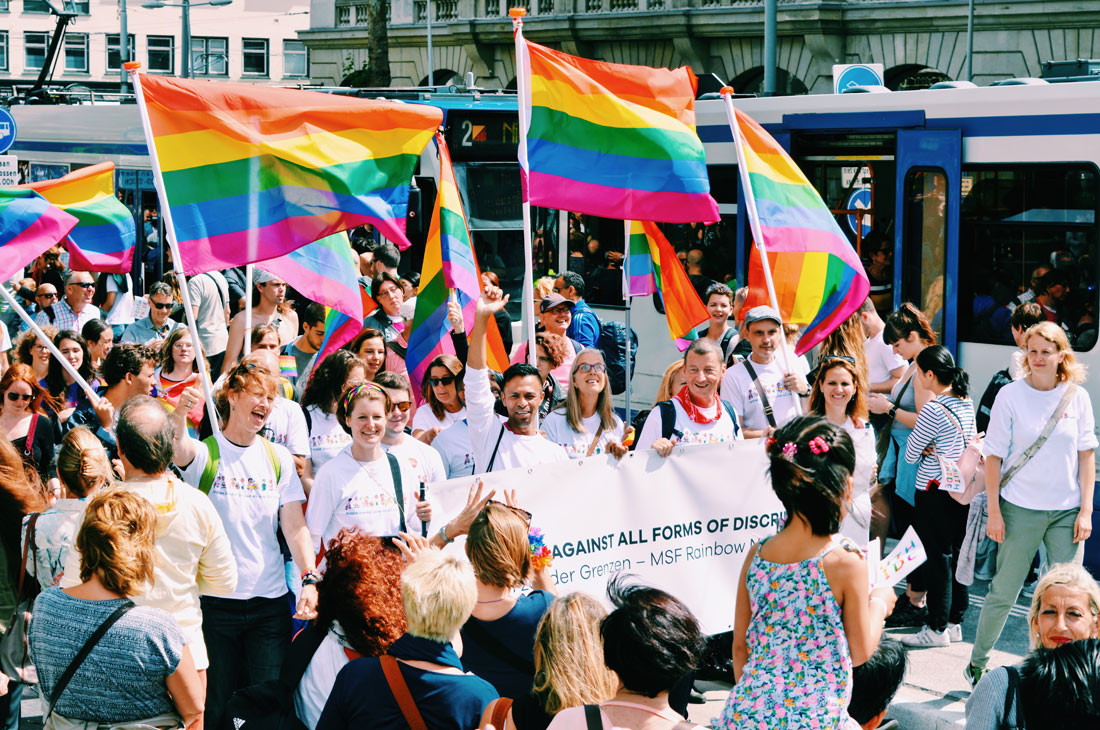
Rainbow Flag: History of the LGBTQ+ Flags
The rainbow flag is the most well-known and recognizable pride flag. The rainbow pride flag was first designed in 1978 by Gilbert Baker, a gay rights activist and artist from the United States of America. Baker was approached by Harvey Milk, one of the first openly gay elected officials in the United States, to create a symbol that would represent the gay community. The original flag had eight colors, each with its own meaning: pink for sexuality, red for life, orange for healing, yellow for sunlight, green for nature, turquoise for magic, blue for serenity, and purple for spirit.
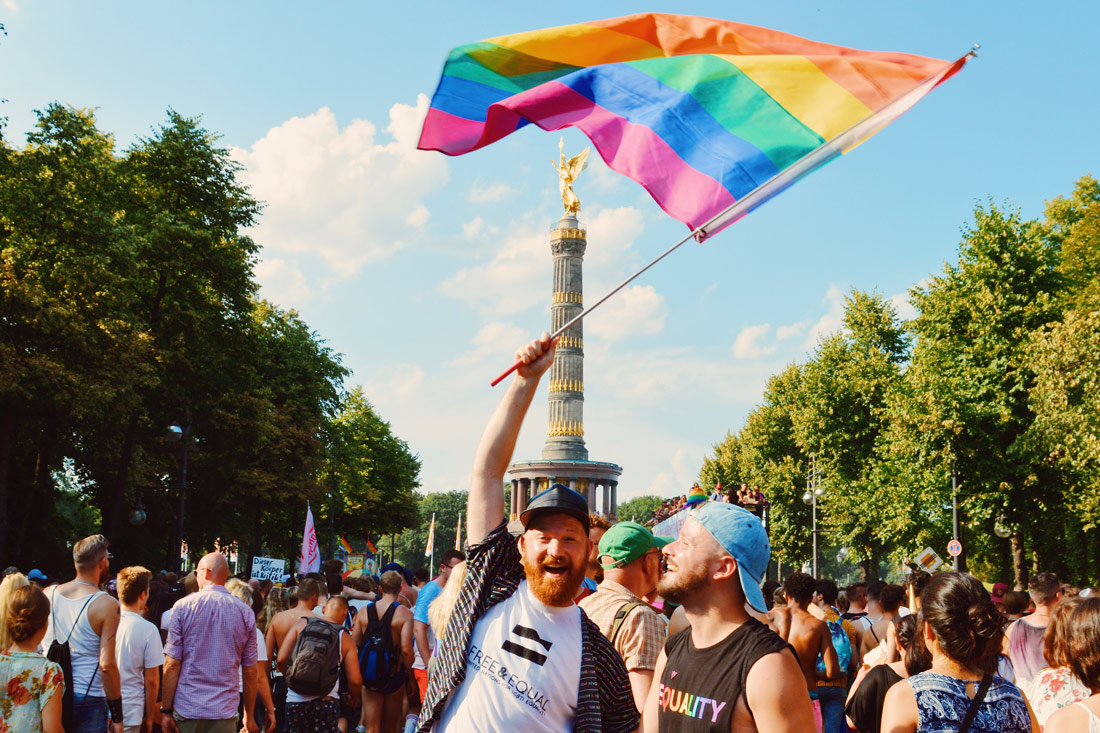
Over time, the pink and turquoise stripes were removed due to fabric availability, leaving the six colors we recognize today. The rainbow flag quickly gained popularity as a symbol of gay pride and solidarity. It was flown at the San Francisco Gay Freedom Day Parade in 1978, and soon after, it became an international symbol of LGBTQ+ rights. Today, the rainbow flag is widely recognized as a symbol of diversity and inclusivity for the LGBTQ+ community.
All LGBTQ+ Pride Flags are important!
While the rainbow pride flag is an important symbol of LGBTQ+ pride and acceptance, it is just one of many flags that represent different groups within the LGBTQ+ community. Each of these flags represents a unique aspect of the LGBTQ+ experience and serves to promote visibility and inclusivity for marginalized groups within the community. Here are some of the most popular LGBTQ+ pride flags and what they represent:
“I say the rainbow flag is like the American flag: everybody’s underneath that, but each group, like each state, has their own individual flag.” Monica Helms – creator of the transgender flag in 1999
#1 Progress Pride Flag 2018 (by Daniel Quasar)
The Progress Pride Flag is a new variation of the Rainbow flag, designed to be more inclusive and increase the visibility of non-binary, transgender individuals and people of color within the LGBTQ+ community. The flag features the traditional six colors of the Rainbow flag and a chevron of black, brown, light blue, pink, and white. The redesign of the universally LGBTQ+ Pride flag, to this day, is met with mixed responses from the queer community. On the one hand, Gilbert Baker’s version should be inclusive of all community members.
On the other hand, some community members expect it would provoke a possible split or division within the community. In contrast, queer people from the addressed, marginalized groups from people of color, non-binary communities, and transgender individuals and their supporters welcome the boosted visibility.
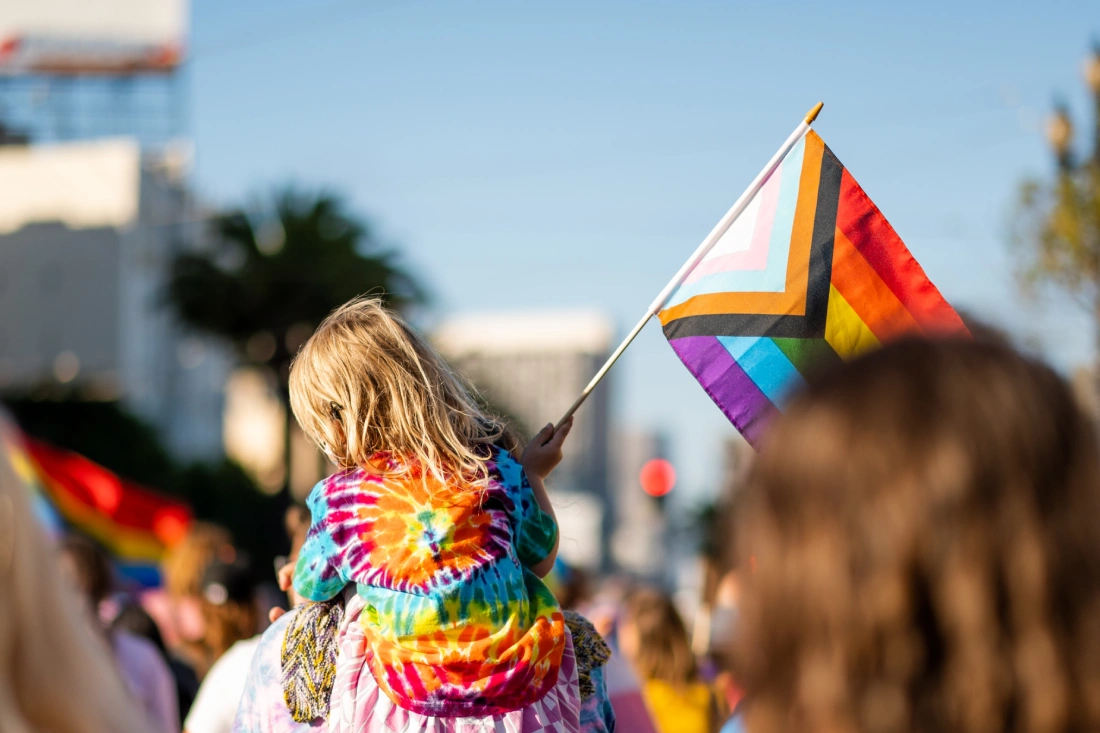
#2 Progress Pride Flag 2021 (by Valentino Vecchietti)
Incorporating the intersex flag, Valentino Vecchietti from Intersex Equality Rights UK redesigned the Progress Pride Flag in 2021. The new design features a yellow triangle with a purple circle, added to the chevron of the Progress Pride flag. The color green was also modified to a lighter shade without introducing new symbolism. Intersex Equality Rights UK shared the redesigned flag on their Instagram and Twitter accounts. The new intersex-supportive version of Valentino Vecchietti’s 2021 Progress Pride Flag received a similarly divided response as the Progress Pride Flag from 2018.
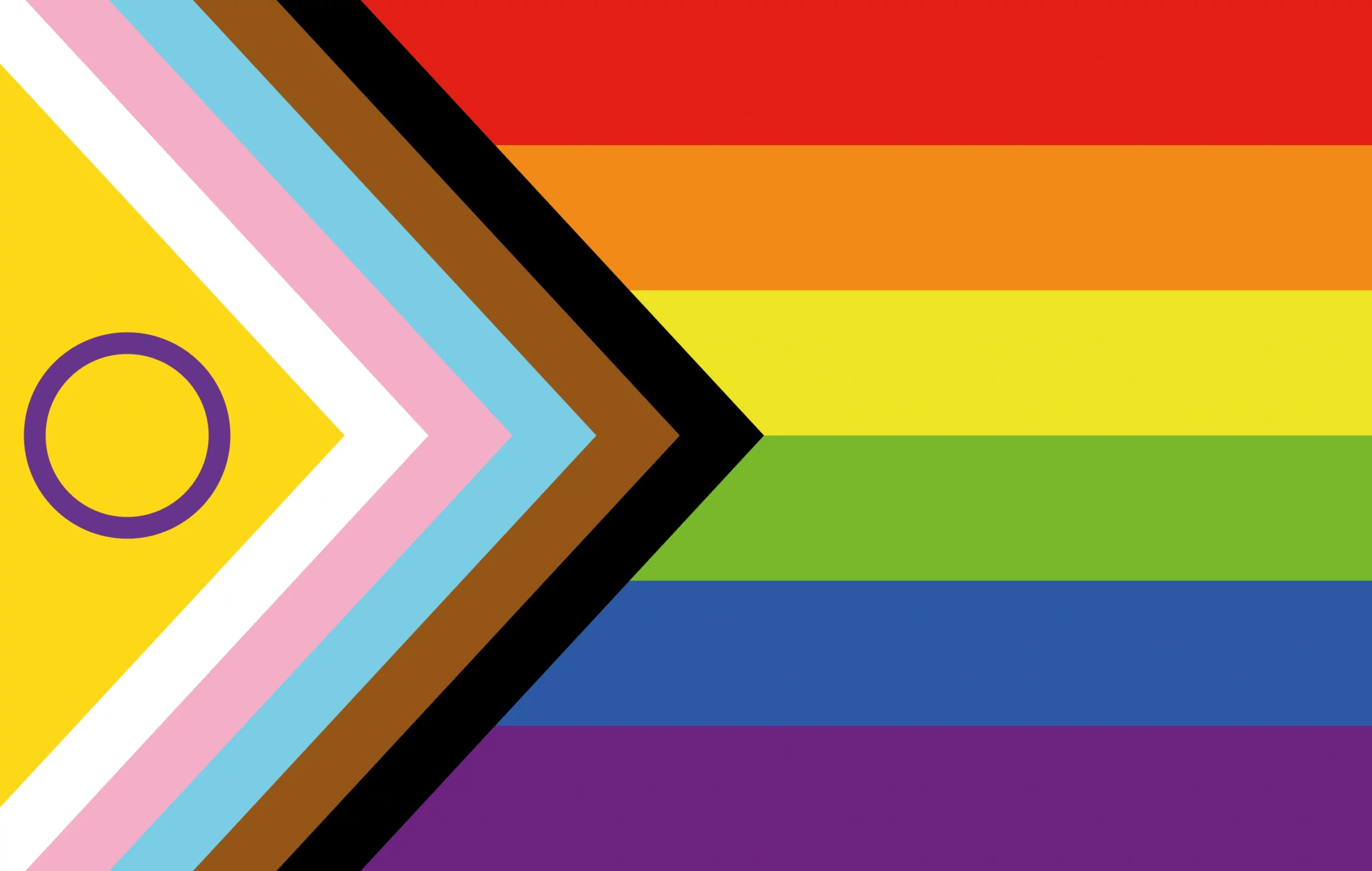
#3 Transgender Pride Flag
The transgender flag was created in 1999 by Monica Helms, and it consists of five colors: light blue, pink, white, pink, and light blue. Light blue represents the traditional color for baby boys, pink represents the traditional color for baby girls, and white represents those who are intersex, transitioning, or consider themselves to have a neutral or undefined gender. The flag was designed to represent the transgender community and to provide them with a symbol of pride and visibility.
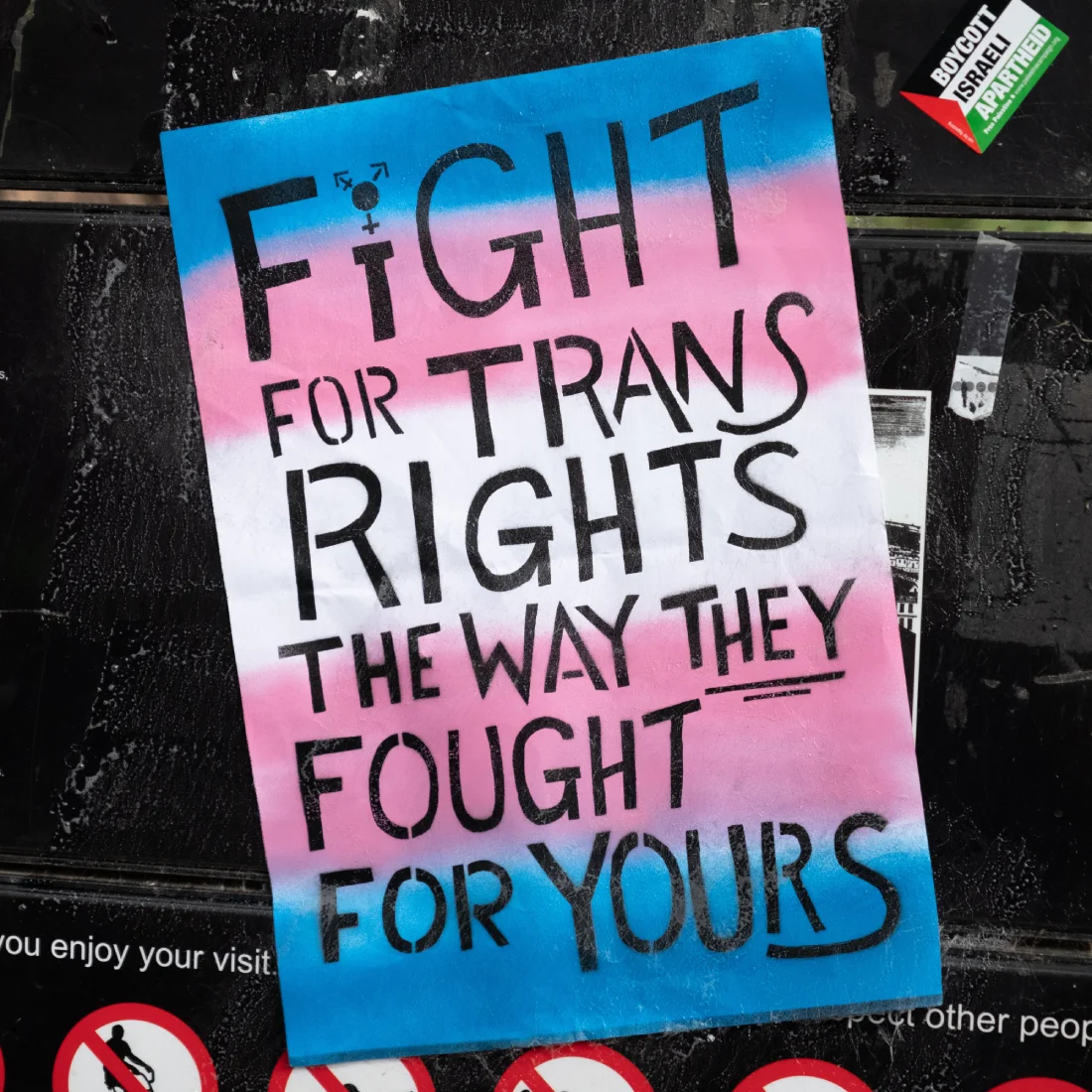
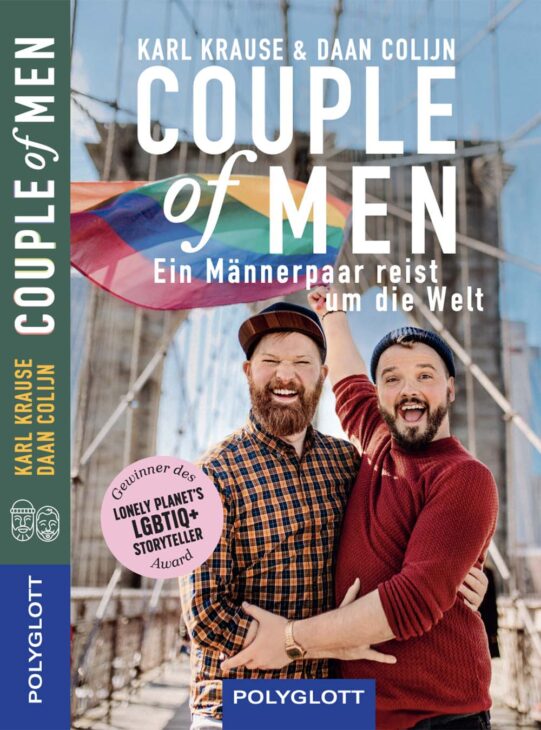
Advertisement
Order our book now!
The perfect present to inspire (German-speaking) LGBTQ+ travelers and their allies to travel the world open-minded, respectfully, and with a happy heart.
Order our book online or purchase it in bookstores in Germany, Austria, and Switzerland.
#4 Intersex Pride Flag
The intersex pride flag features a yellow background with a purple circle in the center, chosen in 2013 by Morgan Carpenter, an intersex activist from Australia. The colors were selected because they do not align with traditional binary identities. The circle in the flag symbolizes wholeness and completeness, representing intersex individuals’ potential and autonomy. The flag is not intended to represent differences in sexual or gender identities. Instead, it serves as a reminder that intersex people, who are born with biological sex characteristics that don’t fit typical male or female categories, are whole and perfect just as they are, regardless of societal norms or pseudoscientific claims.
#5 Bear Pride Flag
The Bear Pride Flag represents the International Bear Brotherhood community. The Bear Pride Flag was created in 1995 and is a symbol of the bear community, which includes gay, bisexual, and transgender men who are typically larger and hairier than the average (gay) man. The LGBTQ+ pride flag features various shades of brown and black, representing the fur of a bear and a paw print in the top-left corner.
#6 Leather Pride Flag
The leather pride flag was created in 1989 by Tony DeBlase, a leather activist from the United States. The flag has nine horizontal black, blue, and white stripes, with a red heart in the upper-left corner. The flag’s colors represent different aspects of the leather community, including black for BDSM, blue for service and devotion, and white for purity and liberation. The red heart in the corner represents the love and passion within the community.
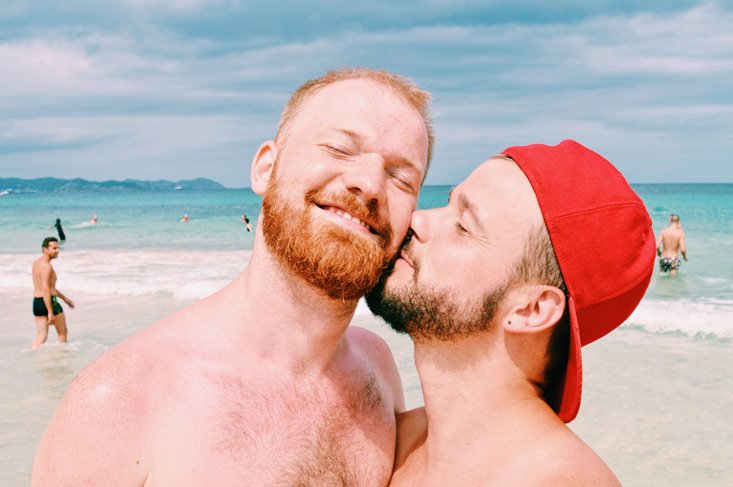
Gay Travel Index 2023
The Berlin-based Spartacus informs LGBTQ+ and queer travelers about how gay-friendly a holiday destination is according to several ranking factors and criteria. Gay travelers can use the Gay Travel Index 2023 to prepare for their gaycation and as a guide when choosing a holiday destination. But which country ranks first? Where is it safe to travel to as a gay and LGBTQ+ traveler?
#7 Lesbian Pride Flag
The lesbian pride flag was created in 2010 by Natalie McCray, and it consists of three colors: orange, pink, and white. The orange represents healing, the pink represents femininity, and the white represents identity. The flag was designed to represent the unique experiences and struggles of lesbians and to provide them with a symbol of pride and visibility.
#8 Non-Binary Pride Flag
The non-binary pride flag was created in 2014 by Kye Rowan, and it consists of four colors: yellow, white, purple, and black. The yellow represents gender outside the binary, the white represents all genders, the purple represents a combination of masculinity and femininity, and the black represents the absence of gender. The flag was designed to represent non-binary individuals and to provide them with a symbol of pride and visibility.
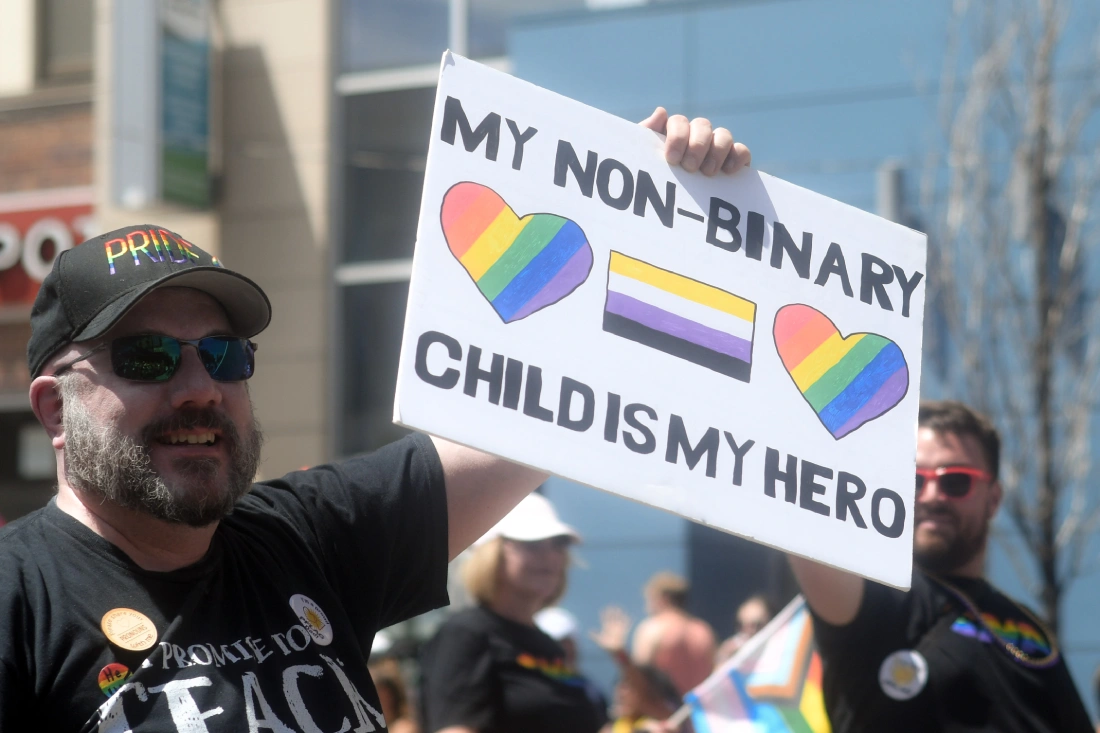
#9 Bisexual Pride Flag
The bisexual pride flag was created in 1998 by Michael Page, consisting of three colors: pink, purple, and blue. The pink represents attraction to the same gender, the blue represents attraction to the other gender, and the purple represents the combination of these two attractions. The flag was designed to represent the fluidity of sexuality and to provide a symbol of pride and visibility for the bisexual community.

Advertisement
Great Flight Deals
We found some great deals with flights worldwide as well as in and around Europe via Amsterdam (and return) with gay-friendly KLM Royal Dutch Airlines. That includes direct connections with KLM or their partner airlines, Air France and DELTA. *subject to availability / last check: 2023
#10 Pansexual Pride Flag
The pansexual pride flag was created in 2010 by Jasper Wilde, and it consists of three colors: pink, yellow, and blue. The pink represents attraction to women, the blue represents attraction to men, and the yellow represents attraction to non-binary people. The flag was designed to represent the pansexual identity, which is characterized by the potential for attraction to people of any gender identity.
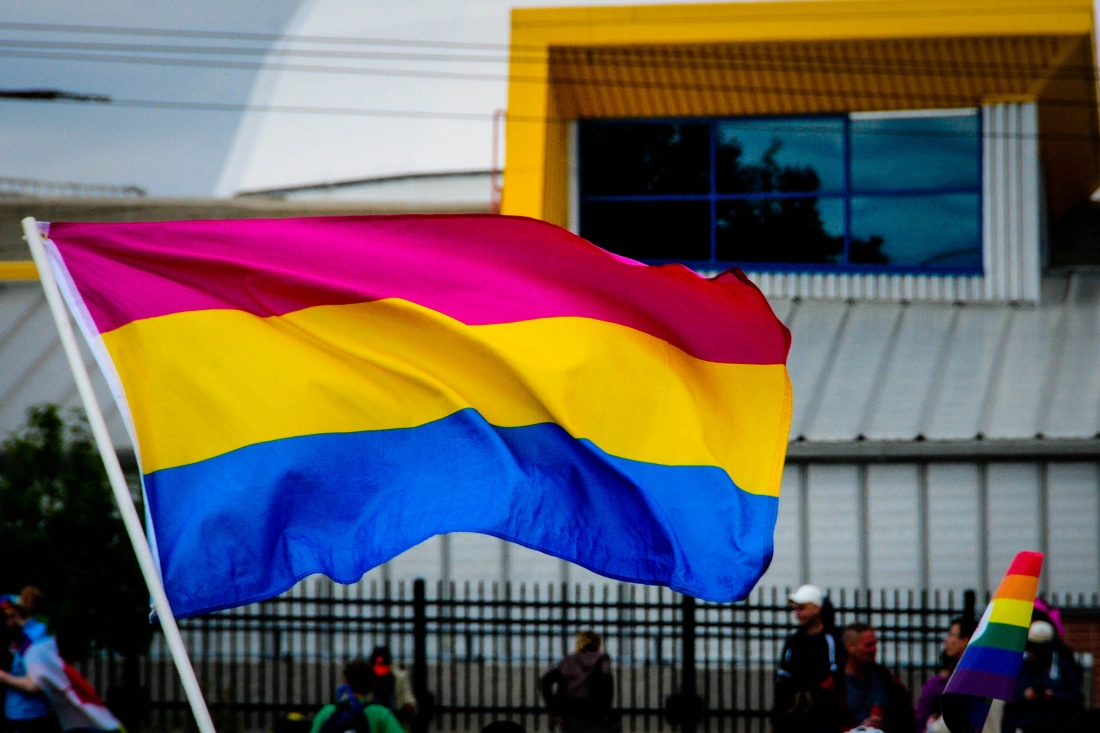
#11 Asexual Pride Flag
The asexual pride flag was created in 2010 by AVEN (Asexual Visibility and Education Network), and it consists of four colors: black, gray, white, and purple. The black represents asexuality, the gray represents demisexuality and gray-asexuality, the white represents sexuality, and the purple represents community. The flag was designed to represent the asexual, demisexual, and graysexual communities and to provide them with a symbol of pride and visibility.
#12 Two-Spirit Pride Flag
The two-spirit pride flag was created in 2018 by Isaac Murdoch, a two-spirit artist from Canada. The flag has four horizontal stripes of black, white, purple, and brown, with a feather in the center. The flag’s colors represent different aspects of two-spirit identity, including black for Indigenous people, white for the spirit, purple for the mystery, and brown for the land. The feather in the center represents the Two-Spirit people, traditionally seen as having both male and female spirits.
#13 Polyamory Pride Flag
The polyamory pride flag, created by Jim Evans, is known as the original polyamory pride flag. Since 1995, the flag represents the Polyamorous community, which is a group of individuals who have multiple romantic and/or sexual relationships at the same time. The flag features three colors: blue, representing openness and honesty; red, representing love and passion; and black, representing solidarity with those who must hide their polyamorous relationships. In the center of the polyamory pride flag, Evans placed the Greek letter pi symbol, which symbolizes the infinity of possible relationships.
LGBTQ+ Activism in the past until now
- Known LGBTQ+ Travel Blogger: The Top List of Queer Travel Bloggers
- Proud and Out loud! Our Gay Pride Trips around the World
- Top List & Overview: All 60+ CSD Parades & Gay Pride Festivals

Which LGBTQ+ Pride Flag should I wear during Pride?
The answer to the question depends on your identity and personal preferences. If you identify with a particular community or identity, wearing that flag can be a meaningful way to show support and pride. Alternatively, you may wear multiple flags to represent your intersectional identity. Ultimately, the most important thing is to wear a flag that speaks to your identity and makes you feel seen and accepted.
For more travel news from and background on the LGBTQ+ community, follow Couple of Men on Instagram, Twitter, YouTube, Pinterest, and Facebook!
Karl & Daan.
Do you like the article?
Please share it on Pinterest!
The post Most Popular 13 LGBTQ+ Pride Flags of the Queer Community appeared first on Gay Travel Blog - Couple of Men.

 Mark
Mark 





